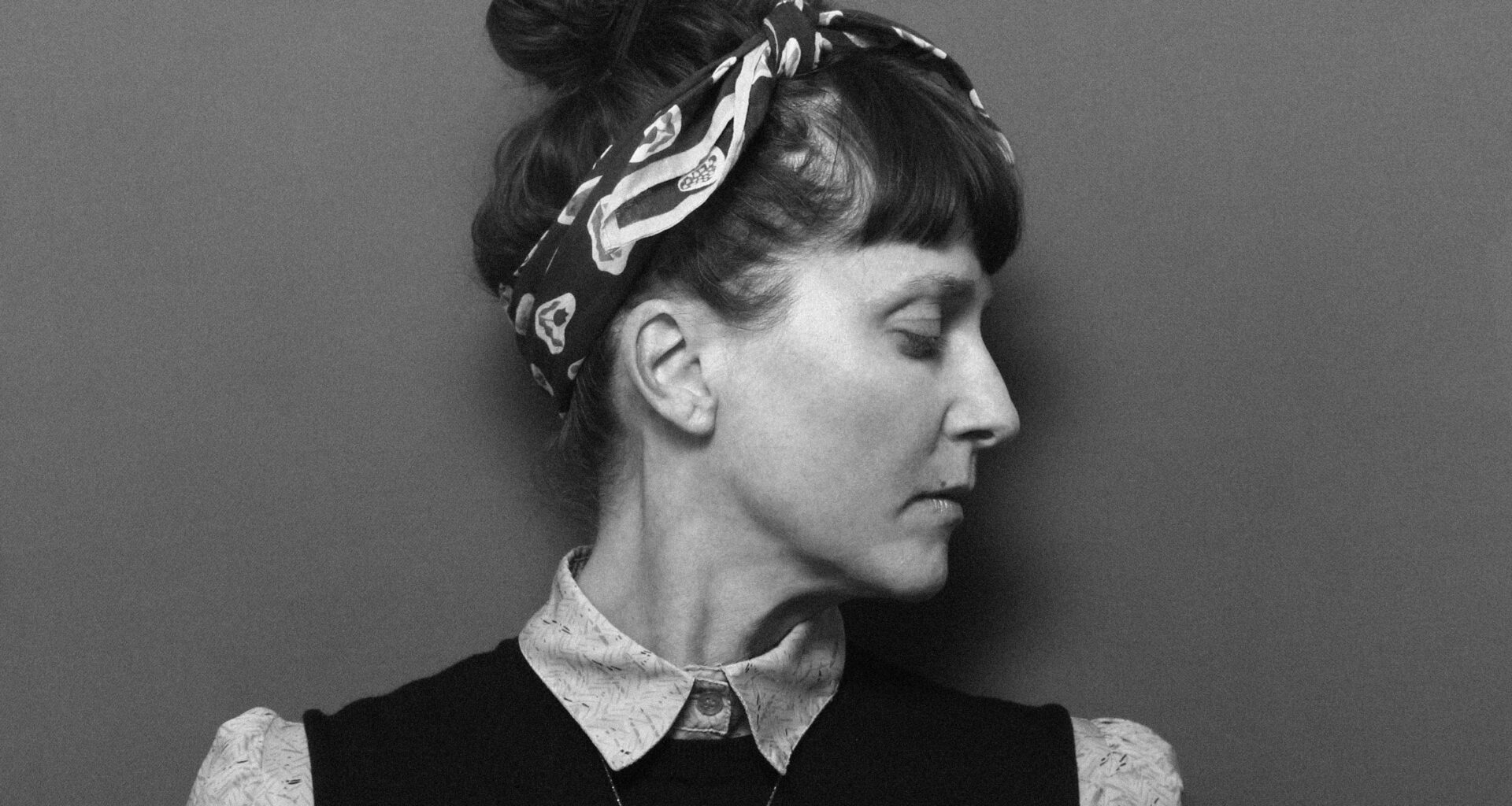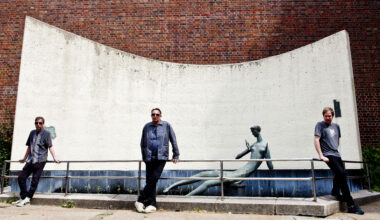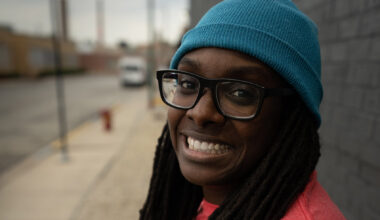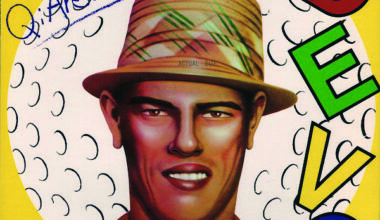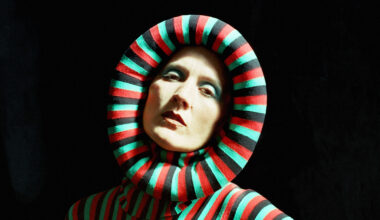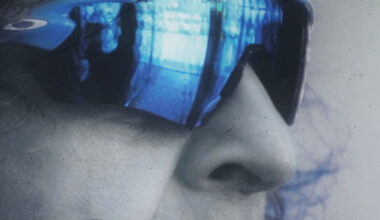Australian producer and ethereal soundscaper Penelope Trappes returns with the haunting ‘Heavenly Spheres’. Using just her voice, an upright piano and an old reel-to-reel, it’s a remarkable record steeped in phantasmal atmospherics and hypnagogic strangeness
Want to read more?
Sign up to Electronic Sound Premium to gain access to every post, video, special offers, and more. 100%, all you can eat, no commitment, cancel any time.
Already a premium member? Log in here
